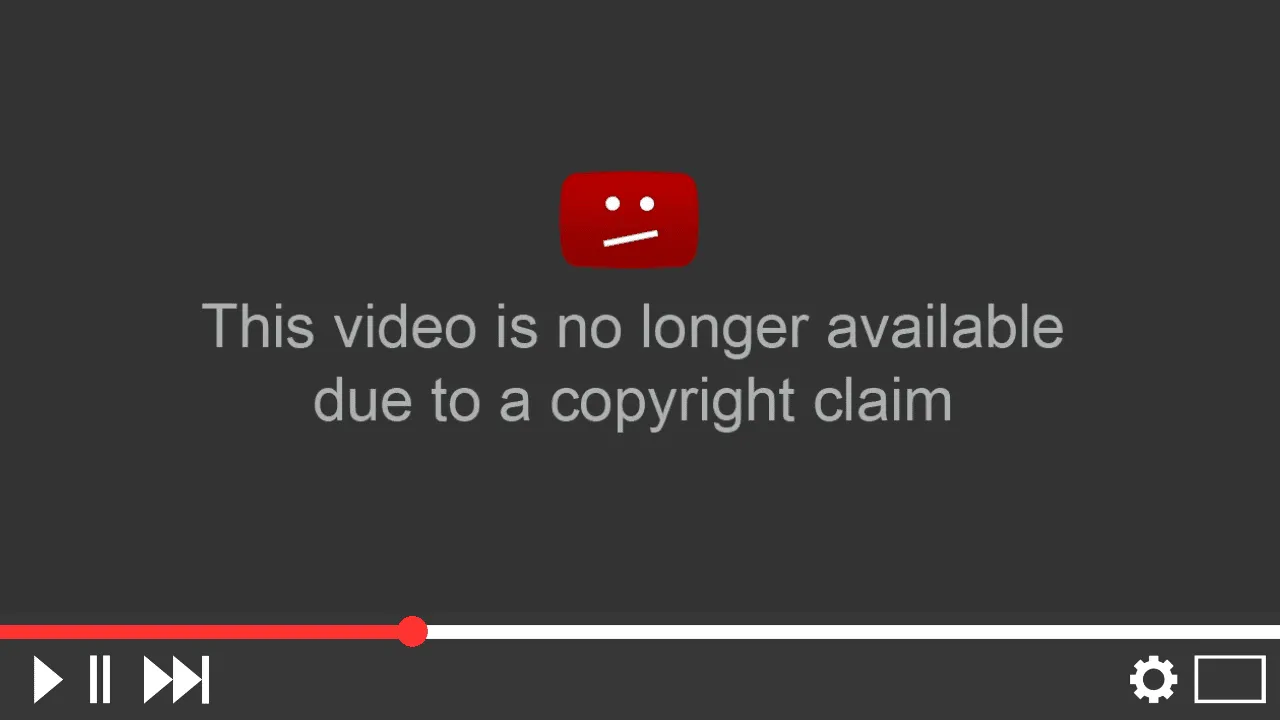In the ever-evolving world of YouTube, creators are finding themselves locked in a battle not just with each other for views, but increasingly against a wave of AI-powered “faceless channels” that steal and repurpose their content without permission. These channels, which often don’t feature a visible presenter, use advanced algorithms to automate the creation of videos, from scripts and voiceovers to visuals and music. This trend is primarily motivated by the desire to quickly capitalize on YouTube’s algorithm for monetary gains with minimal creative input.
One innovative content creator, known as F4mi, is turning the tide against these digital pirates with a clever trick designed to protect her intellectual property. Specializing in deep dives into obscure technology topics, F4mi has devised a method to embed what she calls “garbage data” into her video transcripts. This data is invisible to human viewers but acts as a poison pill for any AI that attempts to steal and summarize her content.

The Technical Twist: Leveraging .ass Subtitles
F4mi’s strategy hinges on the use of the .ass subtitle format—Advanced SubStation Alpha. Unlike more straightforward subtitle formats, .ass allows for a range of formatting options, including fonts, colors, positioning, and styles such as bold, italic, and underline. F4mi takes advantage of these features to insert additional “invisible” text into her subtitles. This text, positioned out of bounds and set with zero size and transparency, remains unseen by her human audience but is picked up by AI systems when they scrape her videos for content.
“In each video’s subtitle file, alongside genuine subtitles, I’ve placed two chunks of text using the positioning feature of the .ass format. These chunks are rendered invisible due to their size and transparency settings,” explained F4mi. The invisible text typically includes passages from public domain works—altered slightly with synonyms to dodge detection—or entirely fabricated scripts generated by language models, filled with nonsensical facts.
When these tampered transcripts are fed into AI summarizers commonly employed by faceless channels, the nonsensical text overwhelms the legitimate content. The result? A garbled mess that renders the stolen summaries useless for content thieves.

The Impact: A Blow to AI Summarizers
This innovative approach has proven effective, with F4mi noting significant disruptions in the ability of AI tools to accurately parse and utilize her content. “It’s a small victory, but a meaningful one, in ensuring that my hard work isn’t exploited by those looking to make a quick profit off of my creativity and effort,” she remarked.
By seeding her videos with this digital deterrent, F4mi not only protects her own content but also raises the bar for content protection strategies on YouTube. As AI technology continues to advance, so too must the tactics to safeguard the original content that feeds these platforms.

Creators like F4mi remind us that in the digital age, innovation is not just about creating new content but also about protecting it in creative and effective ways. Her battle against AI-driven content theft is not just a personal crusade but a standout example for other creators facing similar challenges, signaling a potential shift in how digital content is defended on global platforms like YouTube.










